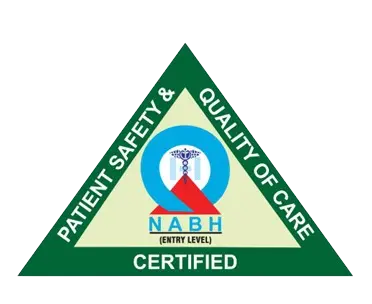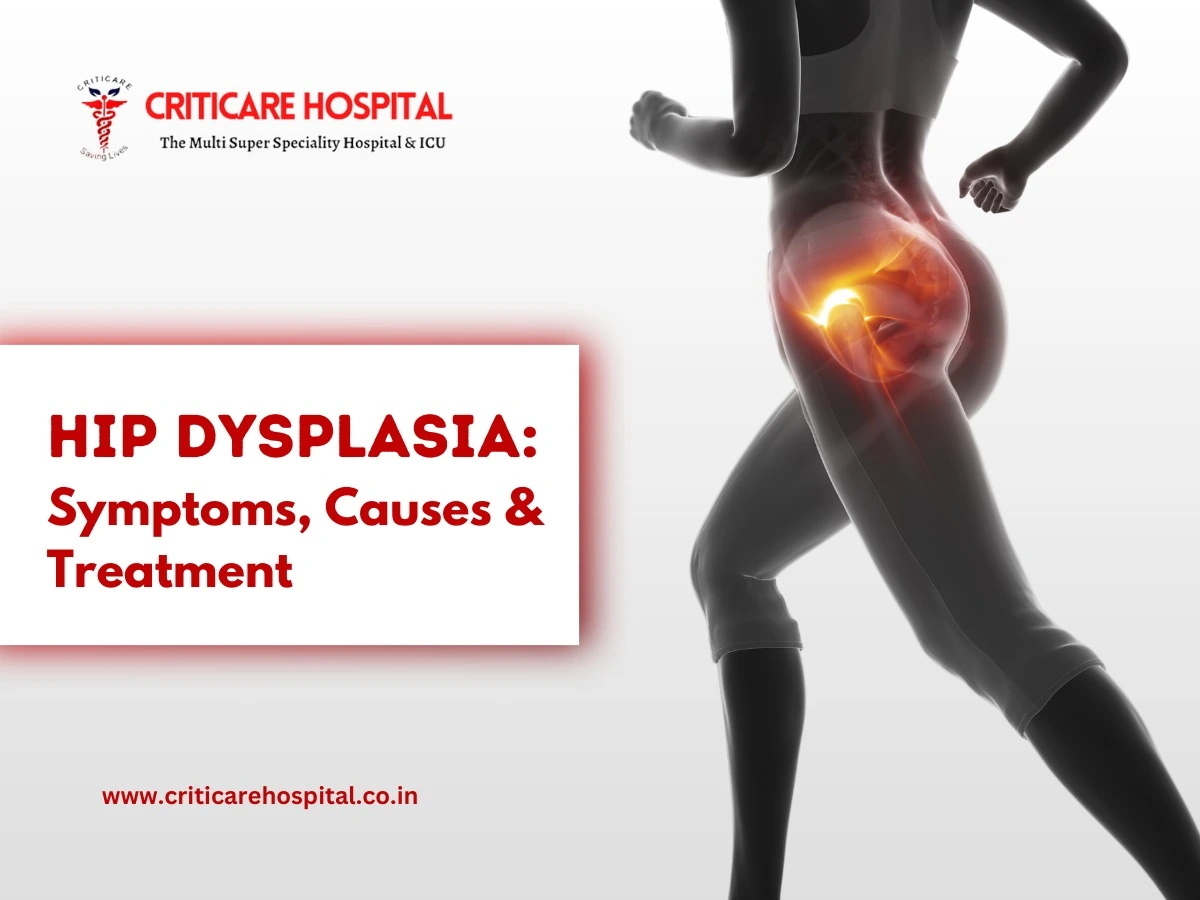Hip dysplasia is a common issue that affects babies’ hip joints. The most common hip dysplasia is hip pain, feeling the hip is loose or unstable, limping when you walk or move, legs of different lengths, difficulty in sleeping on the hip, loss of range of motion in the hip, and pain in the groin area. Anyone can develop hip dysplasia but it is more likely to occur in women and first-born babies. It also is a genetic condition that biological parents pass on to their children.
What is Hip Dysplasia?
Hip dysplasia is a health issue when your femur doesn’t fit into your pelvis correctly or when the round ball at the top of the femur doesn’t line up accurately with the socket in your pelvis. You can’t prevent your child from hip dysplasia not even if you prevent it for yourself. It happens on its own when your hips do not fit into the right socket of the pelvis. You must connect with your Best Orthopaedic Doctor in Lucknow for the right treatment and diagnosis.
What are the Symptoms of Hip Dysplasia?
The most common symptoms of hip dysplasia are you may not move your one hip joint and it will be less motile than others whereas in young adults groin pain, walking with a limb, pain in hip joints, and clicking sound when you move your hips.
What are the Complications of Hip dysplasia?
There are different complications related to hip dysplasia such as hip labral tears, osteoarthritis, and unstable hip joints. During hip labral tears the cartilage will be damaged. Whereas during osteoarthritis arthritis develops when your joint cartilage is worn away over time. Another complication is Chronic pain. This pain will take place when your hip joint does not fit together correctly.
What are the Causes of Hip Dysplasia?
Causes of hip dysplasia are genetic predisposition, breech birth(when a baby’s bottom is down), swaddling a newborn’s legs too tightly, and looser than normal ligaments around the hip joint.
Other than these causes there are many risk factors related to hip dysplasia. If Hip dysplasia runs in the family, you are born first, and being female there are high chances of facing hip dysplasia. If you have other musculoskeletal conditions or less than normal amount of amniotic fluid in the womb is present at the time of labor.
How can Hip Dysplasia be Diagnosed?
It can be diagnosed with a physical examination or imaging tests. Your doctor may also advise for ultrasound, hip X-rays, and computed tomography scans to identify this condition. Doctors of the Best Private Hospital in Lucknow also suggest proper diagnosis rather than considering any treatment.
What are the treatments for Hip Dysplasia?
If your baby is diagnosed with hip dysplasia then your baby must wear a brace that holds his hips in the right place. It will also keep the joints accurate. This may reduce the issues your baby feels due to hip dysplasia. Physical therapy is also advised to strengthen the muscles around the hip joint and to increase mobility. For physical therapy, you can take the help of your physical therapist. Surgery is another treatment for hip dysplasia. Your doctor may suggest osteotomy, hip arthroscopy, or hip replacement that is arthroplasty for your child.
Conclusion
You can’t prevent your child from hip dysplasia not even if you prevent it for yourself. The most common symptoms of hip dysplasia are you may not move your one hip joint and it will be less motile than others whereas in young adults groin pain, walking with a limb, pain in hip joints, and clicking sound when you move your hips. There are different complications related to hip dysplasia such as hip labral tears, osteoarthritis, and unstable hip joints.
To identify this issue ultrasound, hip X-rays, and computed tomography scans are helpful tests. Physical therapy, arthroplasty, hip arthroscopy, and hip replacement surgery may also be advised by your doctor. After surgery, your doctor will let you know when you can return to your normal hip movements. A specific type of exercise and a small amount of walking can also help in making your hip joints stronger. So don’t force yourself to go through this pain and consult your doctor for early relief.




